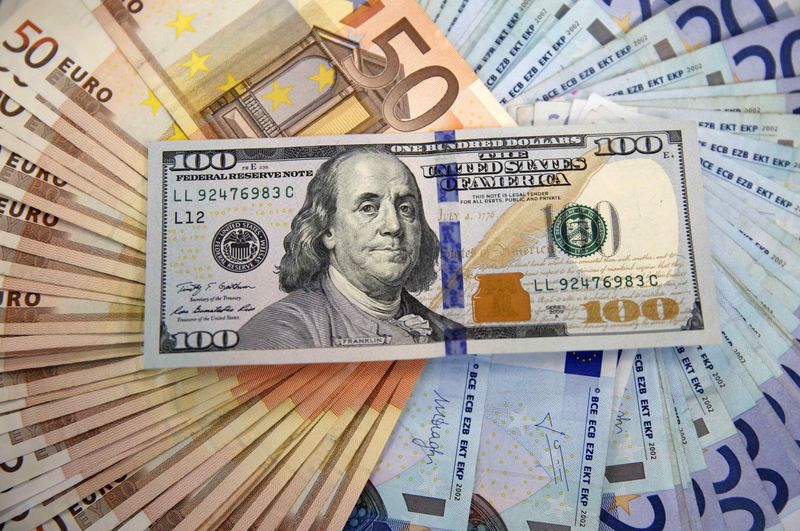Investing.com - The euro rose to one-and-a-half week highs against the dollar on Tuesday after an unexpected devaluation of the yuan by China’s central bank prompted investors to unwind euro-funded positions on the Chinese currency.
EUR/USD hit highs of 1.1086, the most since July 31 and was last at 1.1063, up 0.41% for the day.
China devalued the yuan in a surprise move overnight in an attempt to help exporters after a recent spate of disappointing economic data.
The central bank described it as a "one-off depreciation" of nearly 2%, based on a new way of managing the exchange rate that better reflected market forces.
The euro rose to one-and-a-half month highs against the yuan, jumping 1.95%.
The single currency was also boosted following reports that Greece and its international lenders have reached a deal on third bailout.
Greece, which narrowly avoided an exit from the euro zone last month, must repay 3.4 billion to the European Central Bank by August 20.
The single currency shrugged off data showing that German economic sentiment unexpectedly deteriorated this month.
The closely watched ZEW index of German economic sentiment fell to 25.0 this month from 29.7 in July. Analysts had expected the index to tick up to 32.0.
It was the lowest level in nine months the report said, as concerns over the current geopolitical and global economic situation weighed.
Meanwhile, the ZEW index of euro zone economic sentiment rose to 47.6 in August from 42.7 in July, ahead of forecasts for an increase to 43.9.
Elsewhere, the euro was also higher against sterling and the yen, with EUR/GBP at 0.7089 and EUR/JPY rising 0.40% to 137.89.
The U.S. dollar index, which measures the greenback’s strength against a trade-weighted basket of six major currencies, was steady at 97.19, holding below highs of 97.64.
The dollar initially rose following China’s move as investors sold other Asian currencies.
In the U.S., data on Tuesday showed that unit labor costs rose more than expected in the second quarter, while non-farm productivity came in below forecasts.
The Labor Department said unit labor costs rose 0.5% in the three months to June, above forecasts for a gain of 0.1%
Non-farm business sector labor productivity was up 1.3% on a year-over-year basis in the second quarter, missing expectations for a gain of 1.6%.
Productivity is one of the metrics the Federal Reserve is watching as it contemplates hiking short term interest rates.
